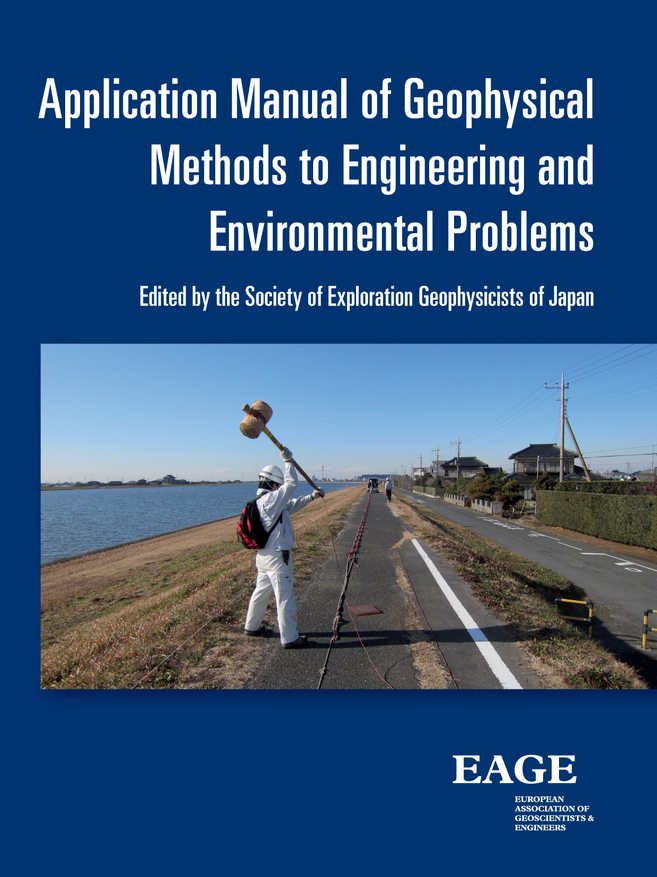Application Manual of Geophysical Methods to Engineering and Environmental Problems

- By T. Aizawa
- Format: EPUB
- Publication Year: 2014
- Number of Pages: 664
- Language: English
- Ebook ISBN: 9789462821088
This book is a comprehensive manual of shallow geophysical surveys for engineering and environmental applications.
It describes details of applicability and limitation, field procedure, analysis and interpretation of geophysical methods in simple terms. Keep this manual on your desktop and refer to it from time to time to improve the quality of your work in construction engineering and environmental maintenance.
This manual of geophysical surveys describes the standard procedure of practice rather than the basic theories of geophysical methods. Its intention is to share our experience with young geophysicists who collect and analyze geophysical data and clients who use results of geophysical surveys. It describes standard operational procedure of data acquisition and analysis in each method to reach a sound interpretation of the data. It also includes a due consideration on performance efficiency, quality control and reporting. Geophysicists may refer to this manual in all the stages of a survey: data acquisition, processing, analysis and interpretation. To the clients of the survey, this manual may be particularly useful in understanding the surveys from planning to assessing the outcome: how data are presented.
Table of Contents
Preface
Foreword
Contents
1 Introduction
2 The Seismic Refraction Method
3 Shallow Seismic Reflection Method
4 The Surface Wave Method
5 The Microtremor Method
6 The Geoelectrical Method
6.1 The Vertical Sounding Resistivity Method
6.2 2D 3D Resistivity Surveys
6.3 The Self-Potential Method
7 Electromagnetic Method
7.1 MT and AMT Methods
7.2 CSAMT Method
7.3 TEM Method
7.4 Airborne EM Method
7.5 Loop-Loop Method (Slingram Method)
7.6 VLF Methods
8 Ground Penetrating Radar
9 Gravity Survey
10 The Magnetic Survey (Buried Metal Survey)
10.1 The Horizontal Magnetic Survey on Land
10.2 The Horizontal Magnetic Survey in Offshore Areas
10.3 Vertical Magnetic Prospecting
10.4 The Metal Detector Survey
11 Geo-Temperature Survey
12 Radiometric Survey
13 Offshore Acoustic Reflection Survey
14 Seismic Ahead of a Tunnel Face
15 Geotomography
15.1 Seismic Tomography
15.2 Resistivity Tomography
16 Vertical Seismic Profiling (VSP)
17 Velocity Logs
17.1 Downhole Method (Downhole PS Logging)
17.2 The Suspension Method
18 Electric Logs
19 Temperature Log
20 Radiometric Logs
20.1 Natural Radiometric Log
20.2 Density Log
References

-
From This Site
/content/books/9789462821088dcterms_title,dcterms_subject,pub_author,pub_keyword-contentType:Journal105

